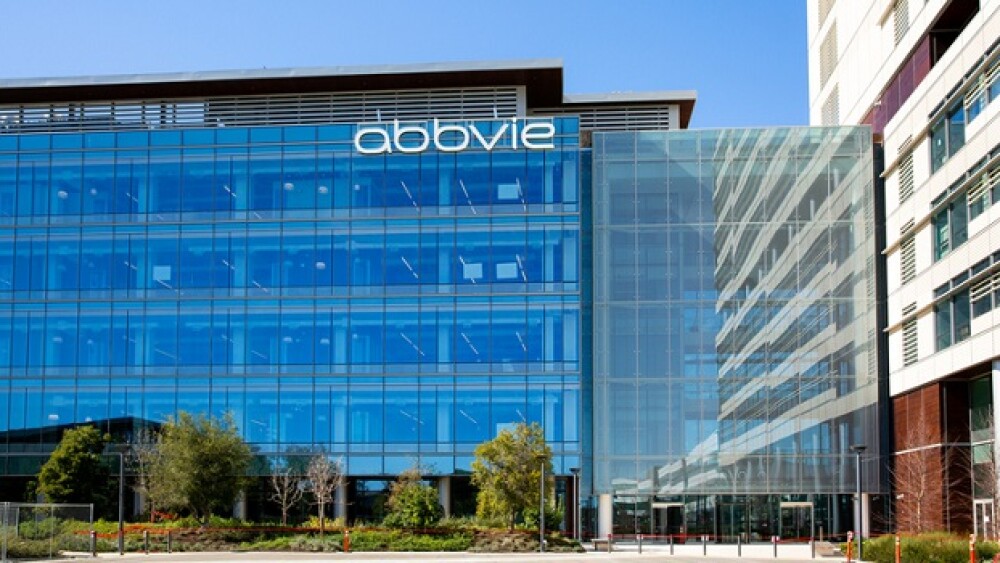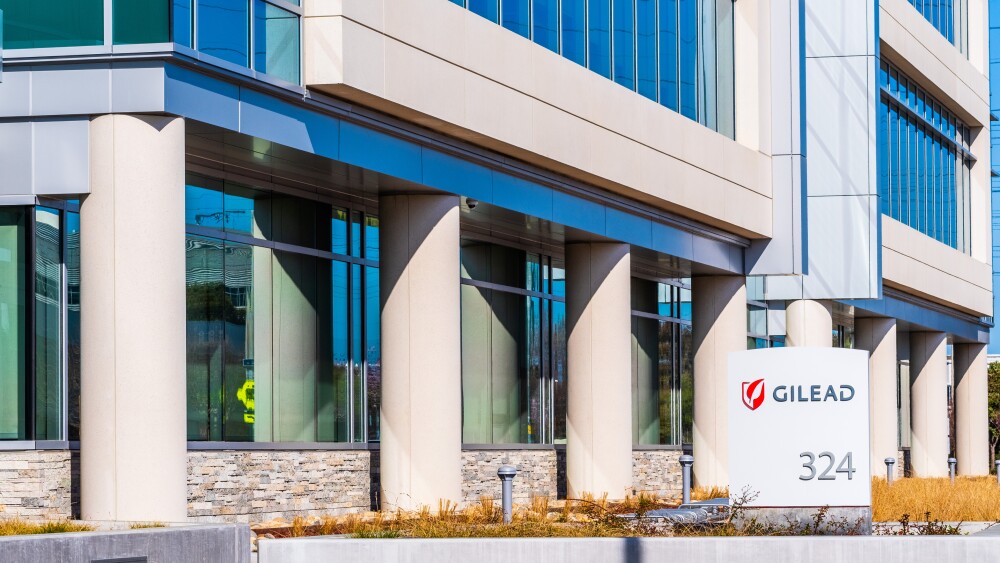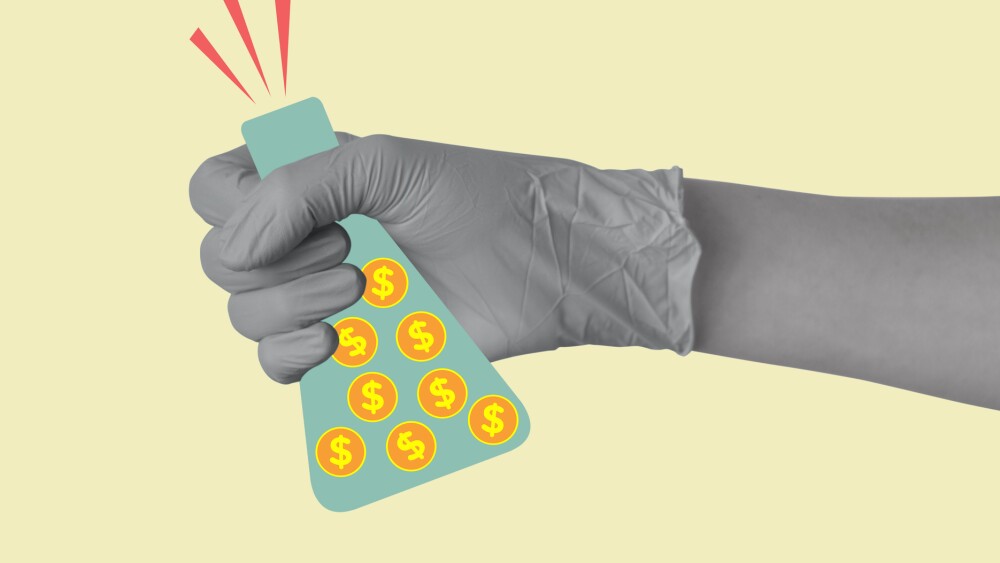CINCINNATI, Jan. 28, 2010 /PRNewswire-FirstCall/ -- The Procter & Gamble Company delivered net sales growth of six percent for the October - December quarter to $21.0 billion. Organic sales grew five percent which was at the top of the Company's guidance range. Diluted net earnings per share were $1.49 and diluted net earnings per share from continuing operations were $1.01. Core EPS increased 22 percent to $1.10 for the quarter, above the Company's guidance range, on better than expected sales growth and margin expansion. The Company raised its expectations of fiscal 2010 organic sales growth and Core EPS.
(Logo: http://www.newscom.com/cgi-bin/prnh/20090115/CLTH035LOGO-a)
"We are pleased with the top- and bottom-line underlying results for the quarter," said Chairman of the Board, President and Chief Executive Officer Bob McDonald. "Our investments in innovation, portfolio expansion, marketing support and consumer value are working. We continue to drive simplification and leverage our scale to create cost advantages and accelerate growth. While economic uncertainty remains, we're confident these strategies will enable P&G to serve more consumers in more parts of the world, more completely and deliver profitable market share growth."
Executive Summary
Key Financial Highlights
Net sales increased six percent during the October - December quarter to $21.0 billion on a five percent increase in unit volume. Organic sales grew five percent driven by initiative activity, strengthened marketing plans, targeted improvements in consumer value, market growth in some businesses and a base period that was impacted by trade inventory reductions and consumption declines. Price increases contributed one percent to net sales growth as the impact of prior period increases taken in developing regions to offset currency devaluations were partially offset by pricing investments to improve consumer value. Negative geographic mix impacts reduced net sales by two percent. Favorable foreign exchange added two percent to net sales growth as key foreign currencies strengthened versus the U.S. dollar. Volume growth was broad-based with growth in all geographic regions.
Diluted net earnings per share from continuing operations increased 13 percent to $1.01 for the second fiscal quarter, including a charge of $0.09 related to pending European legal matters. Net earnings from continuing operations were $3.1 billion. The effective tax rate on continuing operations increased 450 basis points primarily due to lower audit settlements and foreign tax credits and the non-deductibility of certain unusual items. Core EPS grew 22 percent to $1.10 driven by net sales growth and margin expansion.
Diluted net earnings per share declined six percent for the quarter to $1.49. Net earnings decreased seven percent due to lower current-period after-tax gains on the sale of discontinued operations, partially offset by an increase in earnings from continuing operations. The current period gain on the sale of the global pharmaceuticals business was $1.5 billion versus a $2.0 billion gain on the sale of the Folgers business in the prior year period.
Operating margin increased 160 basis points versus the prior year period due to higher gross margin, partially offset by an increase in SG&A as a percentage of net sales. Gross margin expanded to 53.7 percent of net sales, an increase of 330 basis points mainly due to lower commodity costs and manufacturing cost savings. SG&A as a percentage of net sales increased 170 basis points due to increased marketing spending, higher foreign currency exchange costs and the aforementioned legal item, partially offset by lower overhead spending as a percentage of net sales.
Operating cash flow was $3.3 billion during the second fiscal quarter, up 50 percent versus the prior year mainly due to reductions in working capital balances driven by higher current period accruals and taxes payable. Adjusted free cash flow was $3.1 billion and 96 percent of net earnings excluding the impacts of the global pharmaceuticals divestitures. Capital expenditures were 3.4 percent of net sales.
Business Segment Discussion
Beauty and Grooming GBU
Health & Well-Being GBU
Household Care GBU
Fiscal Year 2010 Guidance
Net sales growth is estimated to be three to six percent for fiscal year 2010. Foreign exchange is expected to increase net sales by zero to one percent, while the net impact of acquisitions and divestitures is not expected to have a material impact on net sales. The Company increased its expectations for organic sales growth by one percent to three to five percent versus previous guidance of two to four percent. The Company maintained its previously communicated diluted net earnings per share guidance of $4.02 to $4.12. Diluted net earnings per share from continuing operations are expected to be $3.44 to $3.54. Core EPS guidance increased to $3.53 to $3.63, recognizing improvement in the underlying business. Core EPS is expected to be up two to five percent versus year ago.
January - March 2010 Quarter Guidance
For the January - March quarter, net sales are expected to increase seven to ten percent. Organic sales are expected to grow four to six percent. Foreign exchange is expected to increase net sales by three to four percent, while the net impact of acquisitions and divestitures is not expected to have a material impact on net sales. Diluted net earnings per share, diluted net earnings per share from continuing operations and Core EPS are each expected to be $0.77 to $0.82. Diluted net earnings per share are expected to decline two to eight percent, while diluted net earnings per share from continuing operations and Core EPS are expected to be down five to up one percent versus the prior year period, reflecting commodity, market and investment trends.
Forward-Looking Statements
All statements, other than statements of historical fact included in this release or presentation, are forward-looking statements, as that term is defined in the Private Securities Litigation Reform Act of 1995. Such statements are based on financial data, market assumptions and business plans available only as of the time the statements are made, which may become out of date or incomplete. We assume no obligation to update any forward-looking statement as a result of new information, future events or other factors. Forward-looking statements are inherently uncertain, and investors must recognize that events could differ significantly from our expectations. In addition to the risks and uncertainties noted in this release or presentation, there are certain factors that could cause actual results to differ materially from those anticipated by some of the statements made. These include: (1) the ability to achieve business plans, including growing existing sales and volume profitably despite high levels of competitive activity, especially with respect to the product categories and geographical markets (including developing markets) in which the Company has chosen to focus; (2) the ability to successfully manage ongoing acquisition and divestiture activities to achieve the cost and growth synergies in accordance with the stated goals of these transactions without impacting the delivery of base business objectives; (3) the ability to successfully manage ongoing organizational changes designed to support our growth strategies, while successfully identifying, developing and retaining key employees; (4) the ability to manage and maintain key customer relationships; (5) the ability to maintain key manufacturing and supply sources (including sole supplier and plant manufacturing sources); (6) the ability to successfully manage regulatory, tax and legal requirements and matters (including product liability, patent, intellectual property, competition law matters, and tax policy), and to resolve pending matters within current estimates; (7) the ability to successfully implement, achieve and sustain cost improvement plans in manufacturing and overhead areas, including the Company's outsourcing projects; (8) the ability to successfully manage currency (including currency issues in certain countries, such as Venezuela, China and India), debt, interest rate and commodity cost exposures and significant credit or liquidity issues; (9) the ability to manage continued global political and/or economic uncertainty and disruptions, especially in the Company's significant geographical markets, as well as any political and/or economic uncertainty and disruptions due to a global or regional credit crisis or terrorist and other hostile activities; (10) the ability to successfully manage competitive factors, including prices, promotional incentives and trade terms for products; (11) the ability to obtain patents and respond to technological advances attained by competitors and patents granted to competitors; (12) the ability to successfully manage increases in the prices of raw materials used to make the Company's products; (13) the ability to stay close to consumers in an era of increased media fragmentation; (14) the ability to stay on the leading edge of innovation and maintain a positive reputation on our brands; and (15) the ability to rely on and maintain key information technology systems. For additional information concerning factors that could cause actual results to materially differ from those projected herein, please refer to our most recent 10-K, 10-Q and 8-K reports.
About Procter & Gamble
Four billion times a day, P&G brands touch the lives of people around the world. The company has one of the strongest portfolios of trusted, quality, leadership brands, including Pampers(R), Tide(R), Ariel(R), Always(R), Whisper(R), Pantene(R), Mach3(R), Bounty(R), Dawn(R), Gain(R), Pringles(R), Charmin(R), Downy(R), Lenor(R), Iams(R), Crest(R), Oral-B(R), Actonel(R), Duracell(R), Olay(R), Head & Shoulders(R), Wella(R), Gillette(R), Braun(R) and Fusion(R). The P&G community includes approximately 135,000 employees working in about 80 countries worldwide. Please visit http://www.pg.com for the latest news and in-depth information about P&G and its brands.
The Procter & Gamble Company
Exhibit 1: Non-GAAP Measures
In accordance with the SEC's Regulation G, the following provides definitions of the non-GAAP measures used in the earnings release and the reconciliation to the most closely related GAAP measure.
Organic Sales Growth: Organic sales growth is a non-GAAP measure of sales growth excluding the impacts of acquisitions, divestitures and foreign exchange from year-over-year comparisons. We believe this provides investors with a more complete understanding of underlying sales trends by providing sales growth on a consistent basis.
The reconciliation of reported sales growth to organic sales for the October - December quarter is as follows:
Core EPS: This is a measure of the Company's diluted net earnings per share from continuing operations excluding a charge for pending European legal matters and incremental restructuring charges incurred to offset the dilutive impact of the Folgers divestiture. We do not view these items to be part of our sustainable results. We believe the core EPS measure provides an important perspective of underlying business trends and results and provides a more comparable measure of year-on-year earnings per share growth. The table below provides a reconciliation of reported diluted net earnings per share from continuing operations to core earnings per share:
Adjusted Free Cash Flow: Adjusted free cash flow is defined as operating cash flow less capital spending and the after-tax impacts of the global pharmaceuticals divestitures (including Actonel in Japan). We exclude the after-tax impacts of the global pharmaceuticals divestitures on adjusted free cash flow because we do not view these impacts to be part of our underlying business results. We view adjusted free cash flow as an important measure because it is one factor in determining the amount of cash available for dividends and discretionary investment. Free cash flow is also one of the measures used to evaluate senior management and is a factor in determining their at-risk compensation.
Adjusted Free Cash Flow Productivity: Adjusted free cash flow productivity is defined as the ratio of free cash flow to net earnings excluding the gains on the divestiture of the global pharmaceuticals business, including Actonel in Japan. Given the size of these gains and our view that they are not part of our sustainable business, we have excluded the gains from our calculation. The Company's long-term target is to generate free cash at or above 90 percent of net earnings. Free cash flow productivity is also one of the measures used to evaluate senior management. We believe this provides a better perspective of our underlying liquidity trends. The reconciliation of adjusted free cash flow productivity is provided below (amounts in millions):
CONTACT: P&G Media: Paul Fox, +1-513-983-3465, or Jennifer Chelune,
+1-513-983-2570; P&G Investor Relations: Mark Erceg, +1-513-983-2414 or
John Chevalier, +1-513-983-997
Web site: http://www.pg.com/




